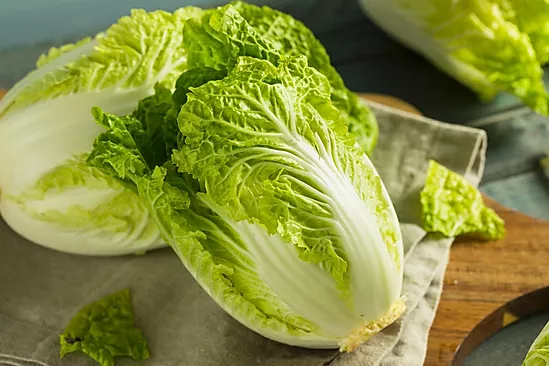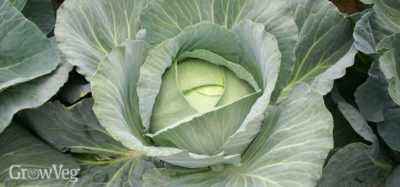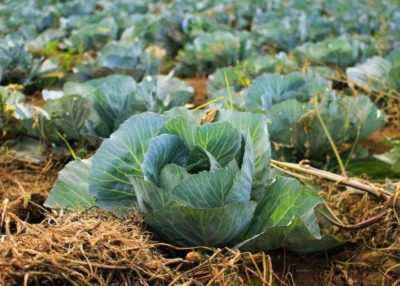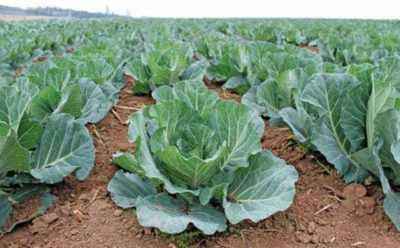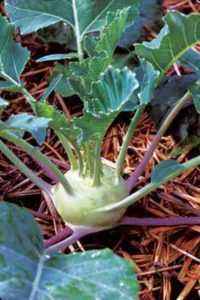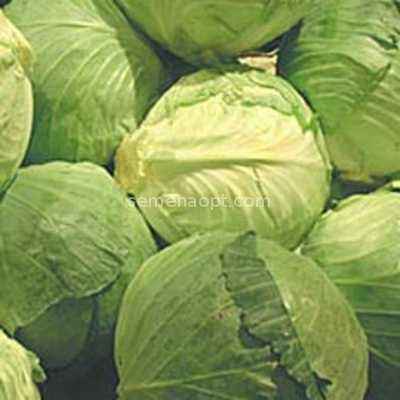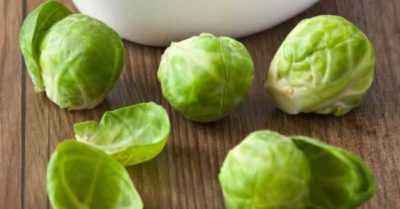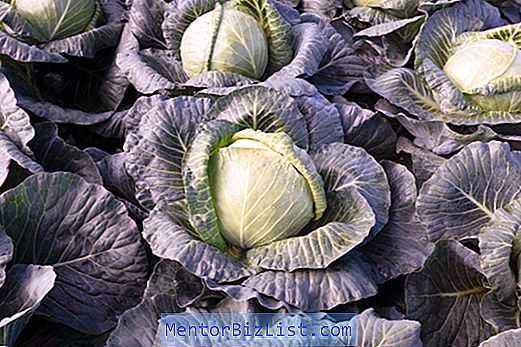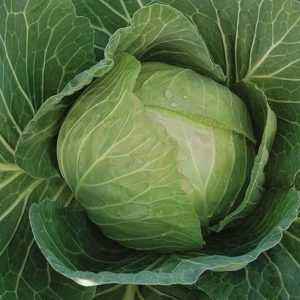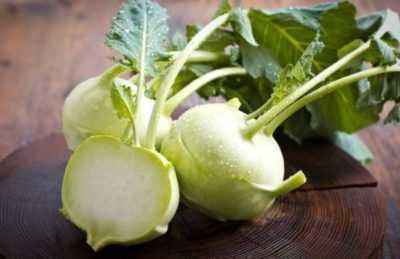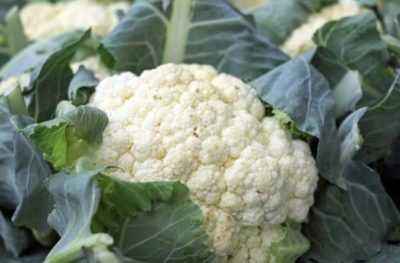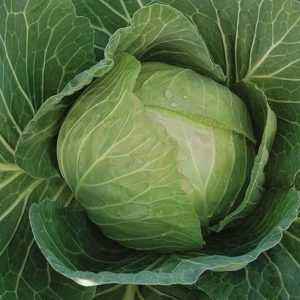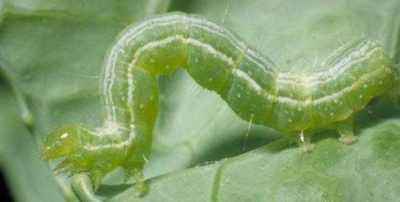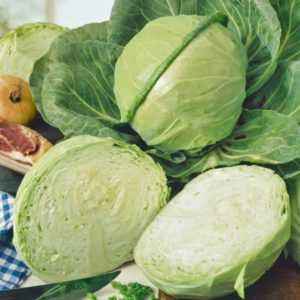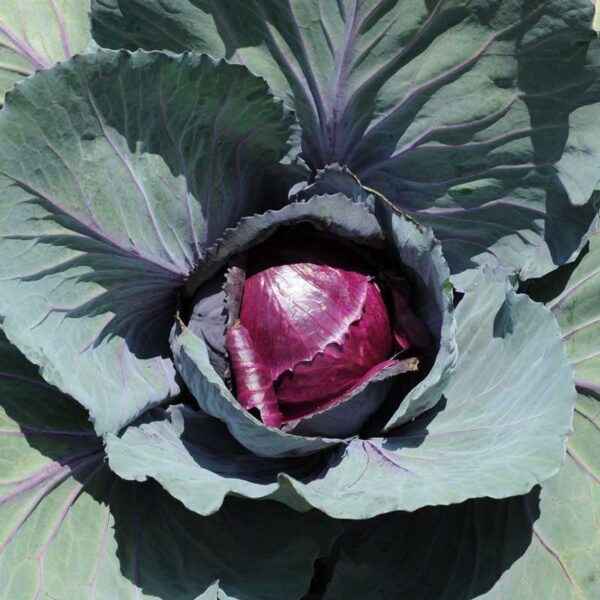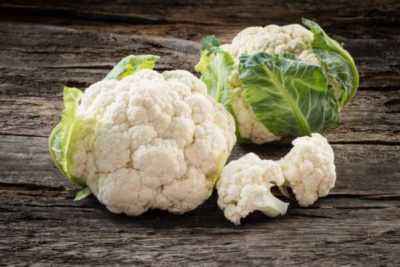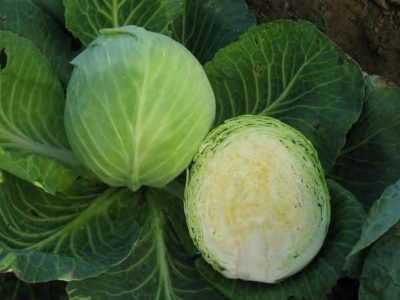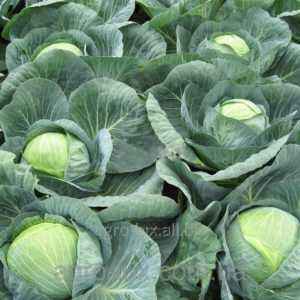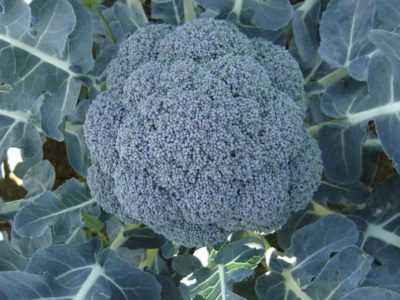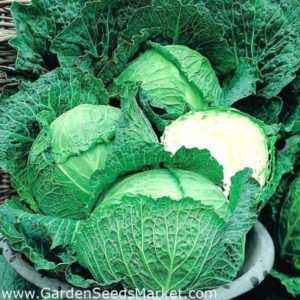Cabbage fly is a pest that poses a danger to the cabbage crop. It damages the root system and lays the larvae, breeding rapidly.
- Description of the cabbage fly
- Preventive measures
- Soil condition
- Natural enemies
- Agriculture
- Cultivation of the land
- Use of insecticides
- Karbofos <
- Zemlin
- Folk methods
- Clay talker
- Smelling neighbors
- Tobacco pepper
- Soap
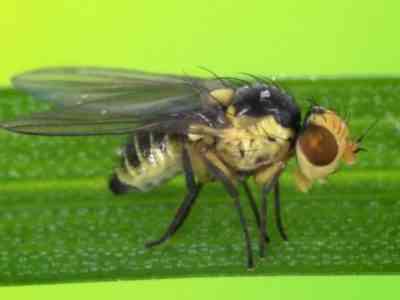
Methods of dealing with the cabbage fly
Description of the Cabbage Fly
E There are two varieties of cabbage flies:
- spring cabbage fly – it has light ash color and distinctive stripes: one running along the belly and three longitudinal on the back, the body length can be up to 5.5 mm in males and up to 6.5 mm in females, while the males are distinguished by a dark color,
- the summer cabbage fly is similar in appearance to the spring one, only has a slightly larger size – up to 7.5 mm.
Cabbage fly appears in the summer cottage upon the onset of heat, when trees and shrubs begin to bloom. This time falls on the end of April – mid-May.
The pest is especially attracted by the color of birch and dandelion, but massively spring cabbage fly begins to arrive when the lilac blooms. The summer cabbage fly can be seen no earlier than June, at a temperature of 18 °.
Eggs are laid on the stems of cruciferous females, from which after 7 days white hatching larvae, devoid of limbs, hatch. They begin to feed on the green roots of young plants and damage cabbage plantings. Making their way through the stems, the larvae of the cabbage fly eat out the soft center, leading to withering and death of the plants.
Preventive measures
Prevention measures against the spring cabbage fly and its summer relative are the same, and they should be started immediately in the fall and continued in the spring.
Soil condition
At the initial stage, the state of the beds is analyzed for the presence of cabbage fly larvae in the ground, which can be easily detected in the process of loosening the soil. You can destroy the larvae by planting marigolds or calendula. Such a bed will only be suitable for planting cabbage seedlings for the next garden season.
Natural enemies
Ground beetles are attracted to the plot, which are also actively planted with flower stalks . They are the natural enemies of the cabbage fly eating their larvae.
Agrotechnics
Agrotechnical preventive measures are associated with deep autumn plowing of the land and careful leveling of beds in the spring. They also include compliance with the basic rules of crop rotation, when the cabbage is not planted every year in a row, and another place is chosen for it. The number of agricultural technology, which serves as a prophylaxis against cabbage flies, also includes the removal of weeds, which contribute to its spread. After the harvest, all plant debris should be removed and burned.
Tillage
The disinfectant treatment of the soil involves watering the ground with saline, which is made from 200g of salt per ten-liter volume of water . After such watering, the soil is sprinkled with ash powder on top.
Use of insecticides
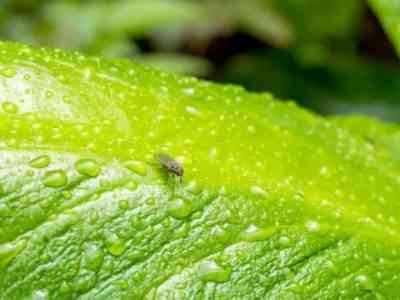
Chemicals will relieve insects
When there is a massive damage to vegetable plantings by a pest, it is recommended to use insecticidal preparations. The detection of 5-10 eggs or about 5-10 larvae is an occasion to use effective chemistry to fight them.
Karbofos
Use a preparation with a concentration against cabbage flies active substances 50%. To prepare the working fluid it requires 500-600gr per 1 ha of sown area. Karbofos is bred at the rate of 50-60g per ten-liter volume of water.The treatment frequency is 2 times with an interval of 1 week.
Zemlin
A preparation that has a contact-intestinal effect on the pest must be applied to the soil immediately before planting seedlings. The standard cost of Zemlin is about 3-5 kg per 1 sq. M of sown area. Depth of application should be at least 2cm. The death of the larvae occurs after 1 day. The greatest efficiency from the use of the drug can be achieved by mixing it with river sand.
Folk methods
In addition to insecticides, many gardeners also use folk methods to combat cabbage fly.
Clay chatterbox
The poisonous chatterbox consists of clay, mullein and bitoxybacillin diluted to a state of sour cream with a concentration of 1%. All components are taken in equal parts and mixed. In this composition, the roots of seedlings are dropped before planting in the ground. In contact with poisoned plant roots, the larvae of the cabbage fly die.
Odorous neighbors
Planting between ridges with cabbage of plants with a sharp specific smell can scare away the pest. These plants include garlic, cumin, tansy, mint and marigold flowers.
Pepper with tobacco
Red and black ground pepper mixed with tobacco and lime allow creating adverse conditions for the pest during pollination of plantings. The dusty mixture must be applied not only to the green parts, but also to the soil near the root neck.
Soap
Tar soap along with copper sulfate also helps against the pest. To do this, just mix 1 tbsp. lcopper sulfate with the same amount of tar soap and diluted in 10 liters. water. Plants are treated with a working fluid, disinfection repeated after 3 weeks.

